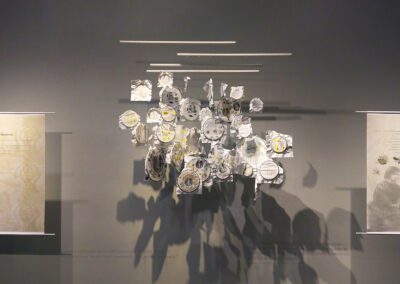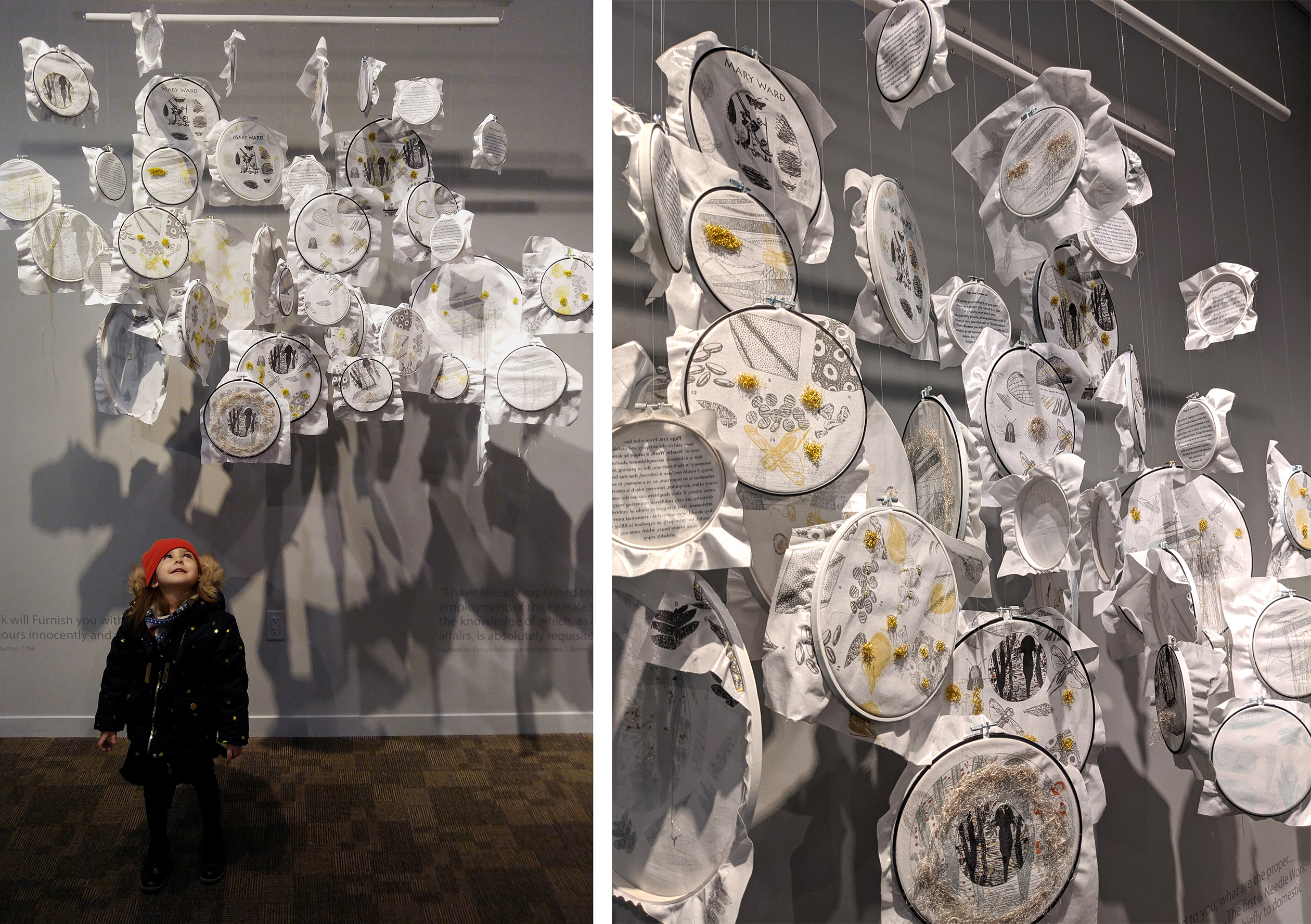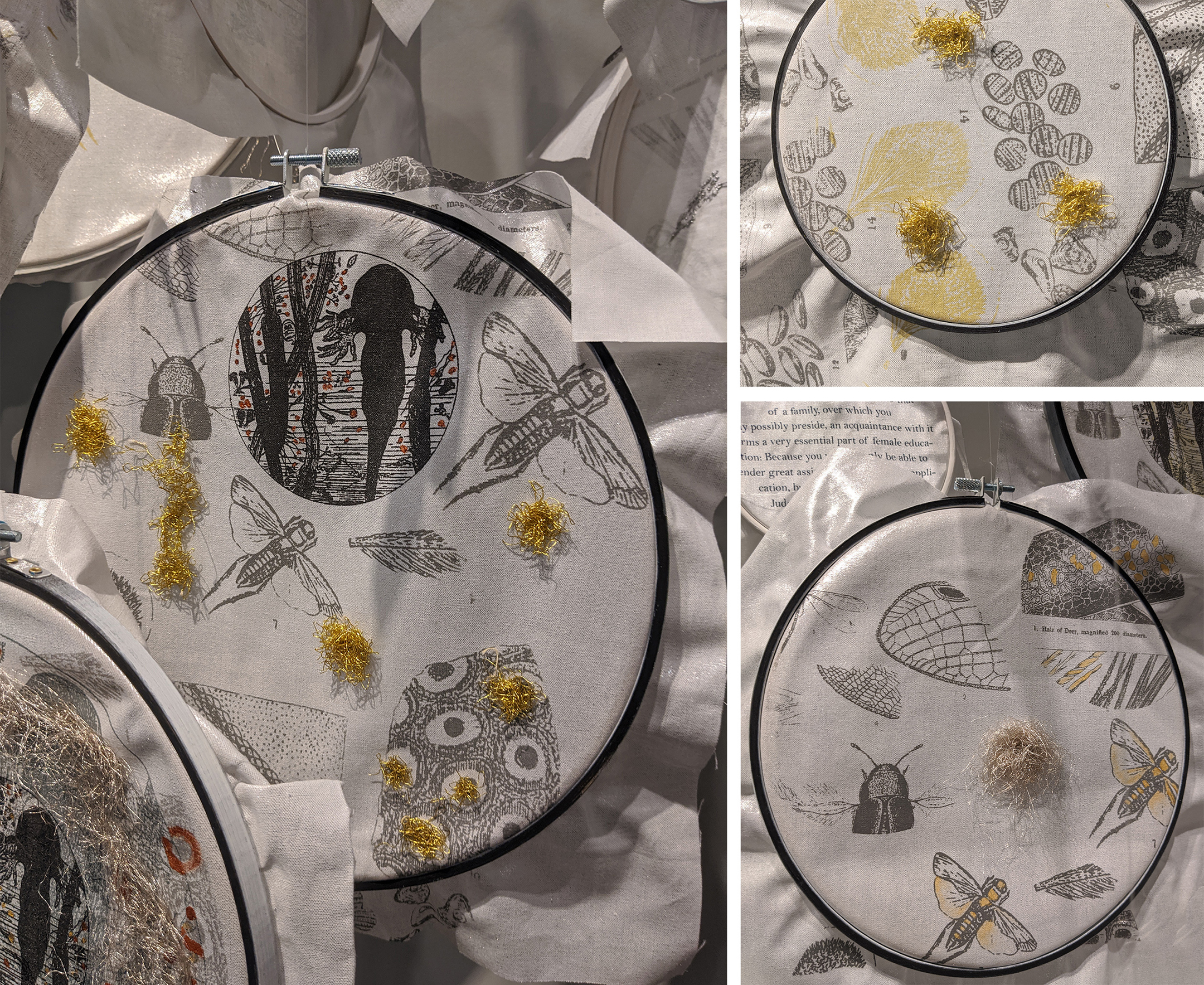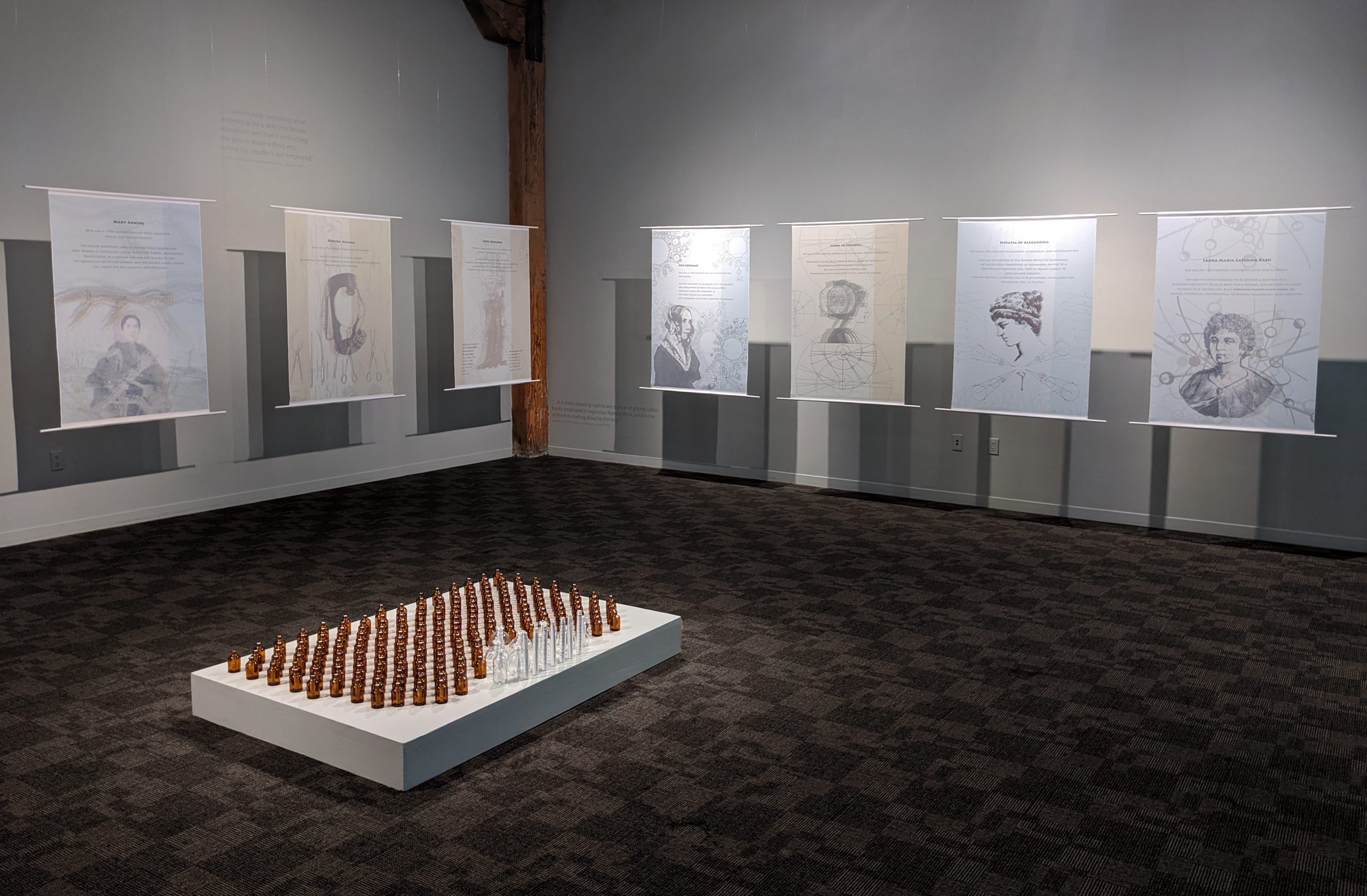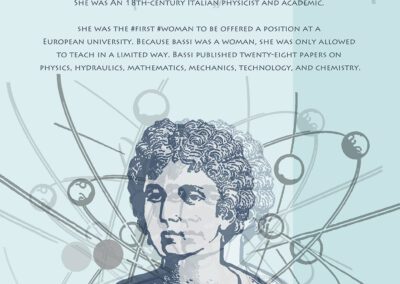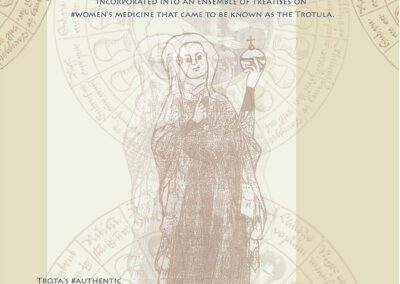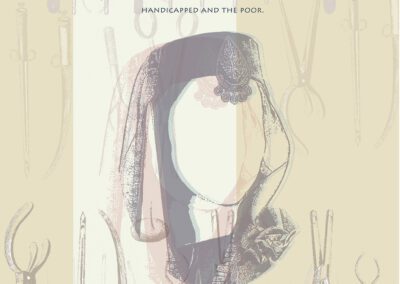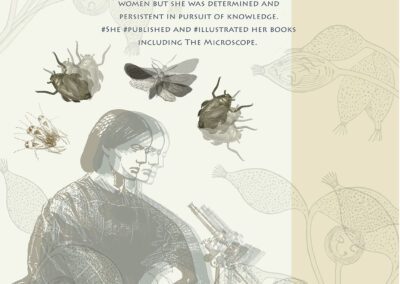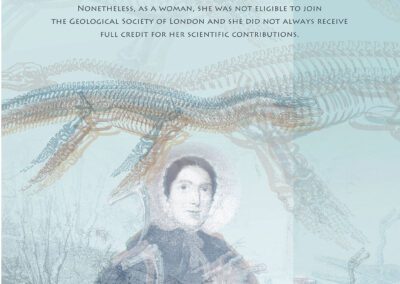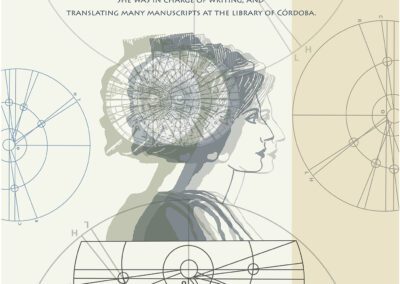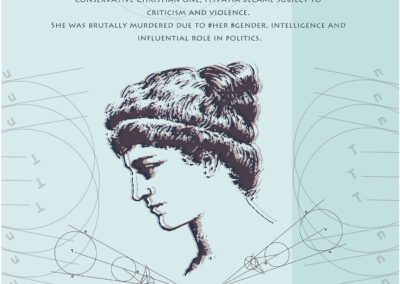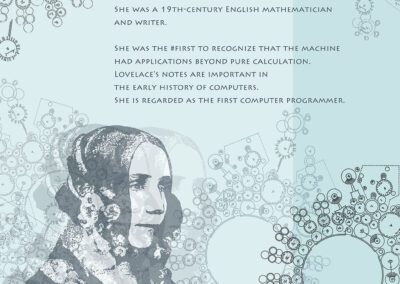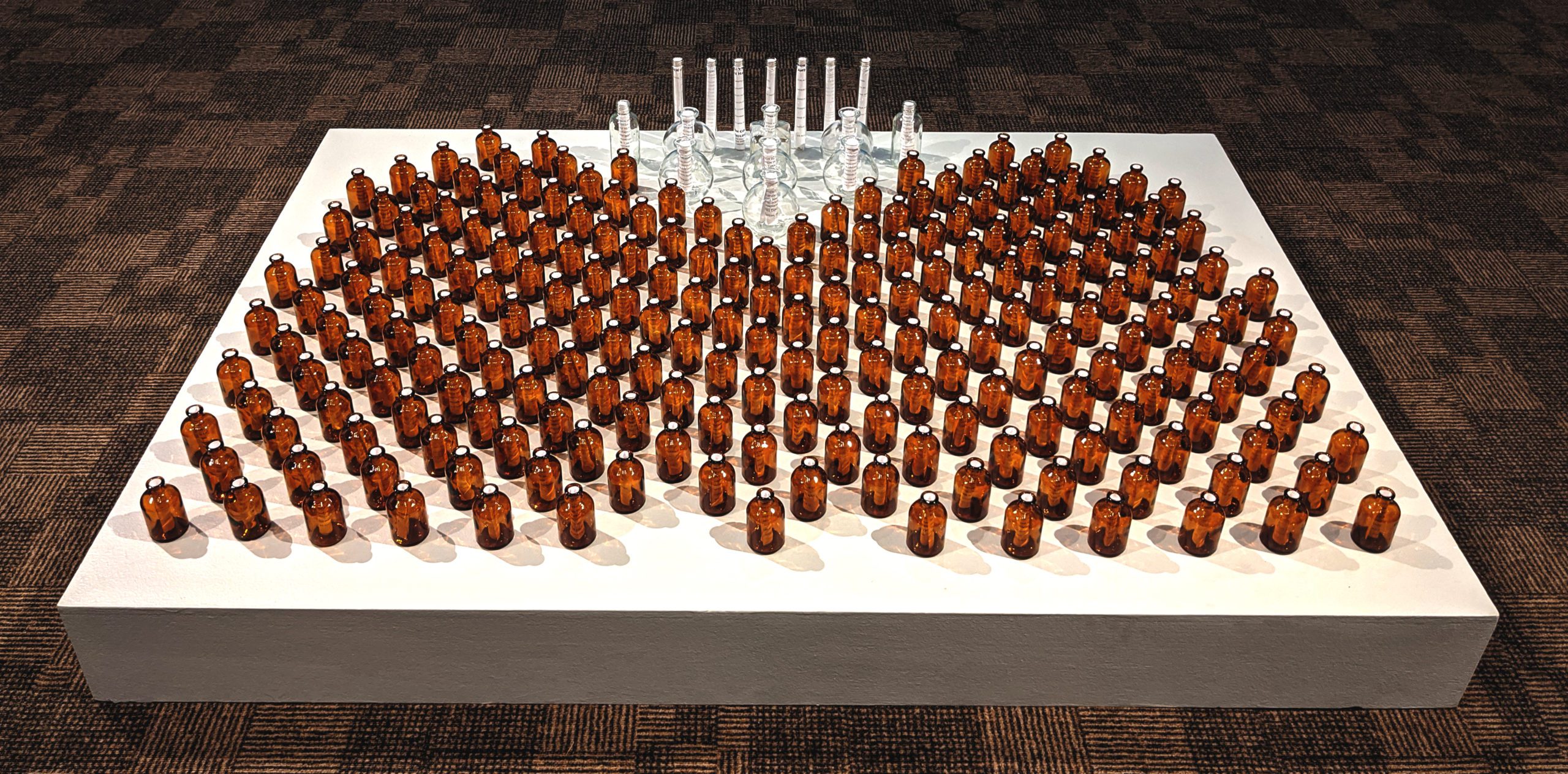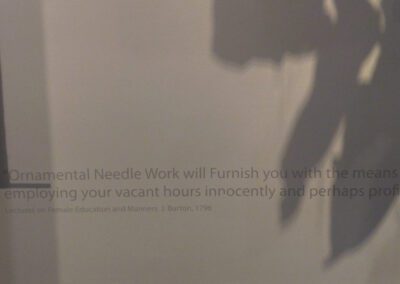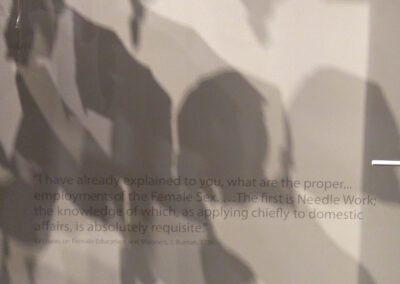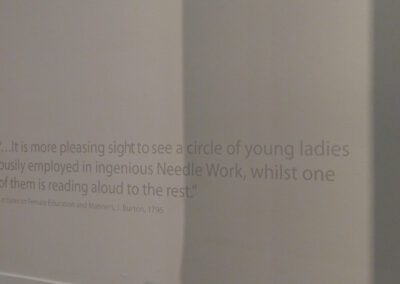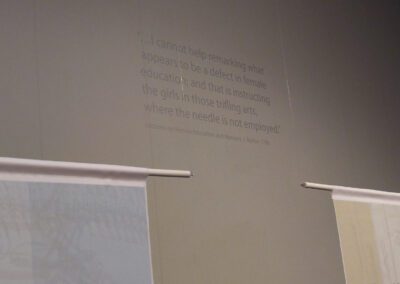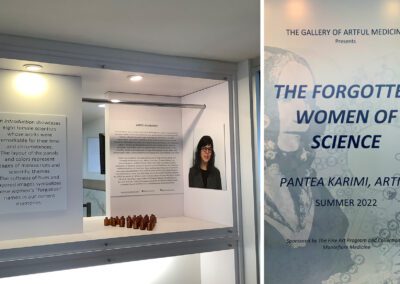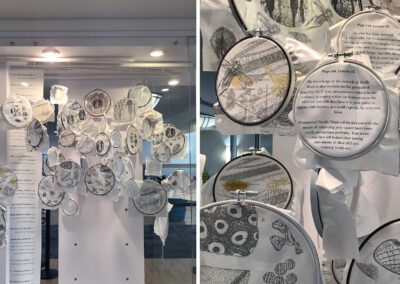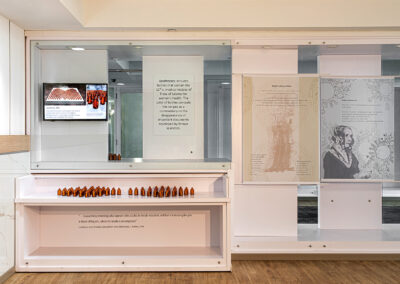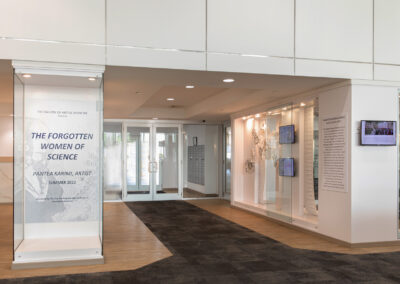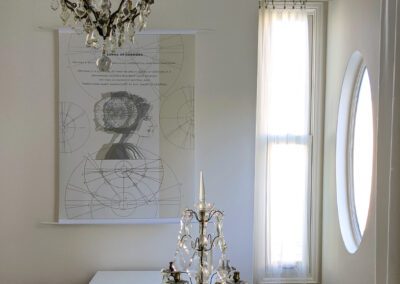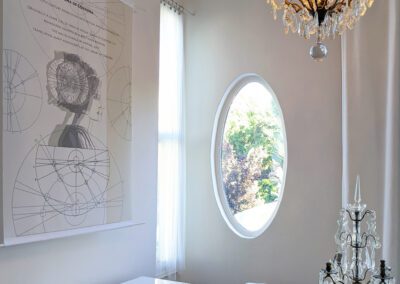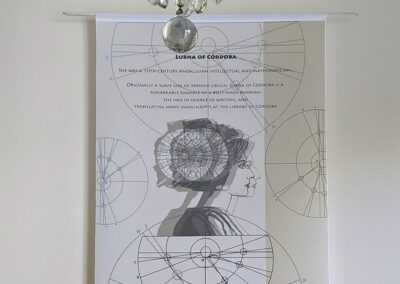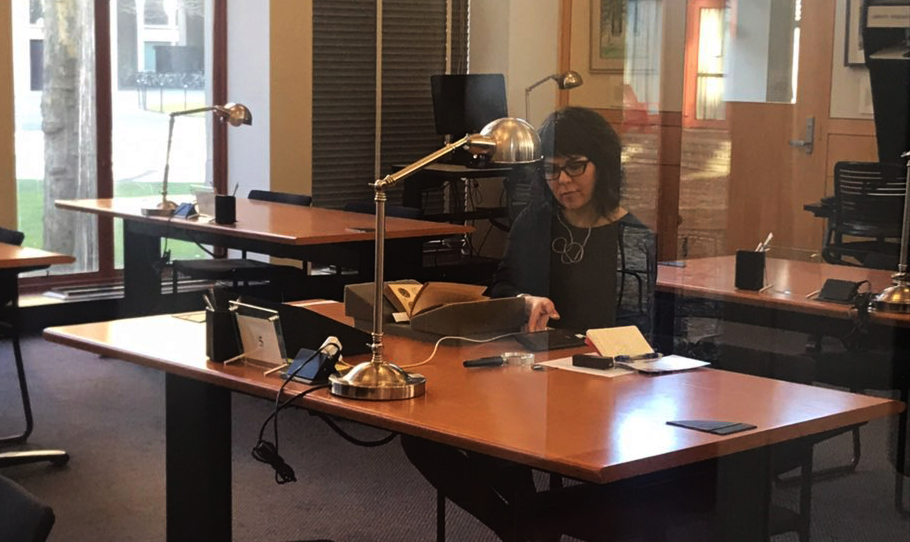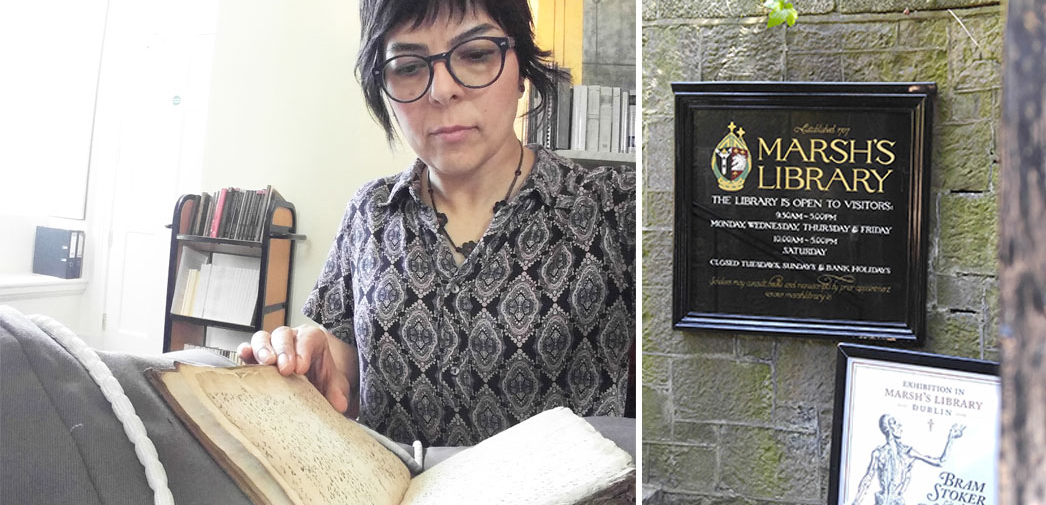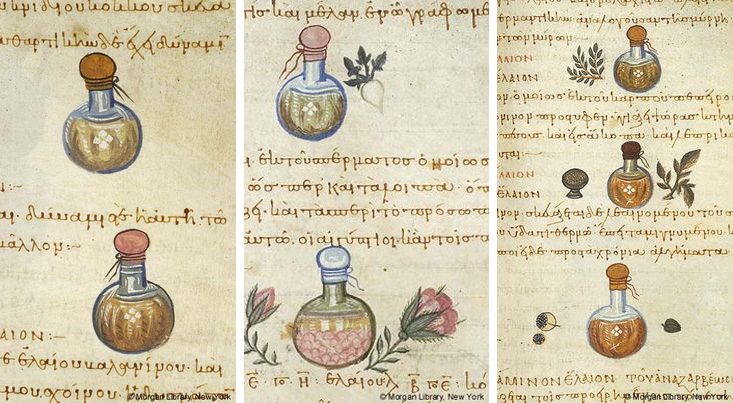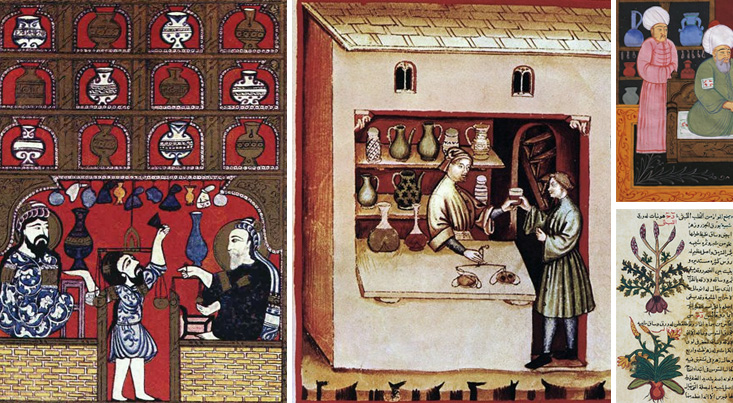The Forgotten Women of Science, 2020
A Solo Exhibition at The San Jose Museum of Quilts & Textiles
In mid-2018, Pantea Karimi was invited to create a piece about the #MeToo movement for an exhibition in Sacramento, CA, during which The Forgotten Women of Science project was borne.
The Forgotten Women of Science features lesser-acknowledged female scientists, from ancient times to the nineteenth century when the suffrage movement took shape. Through multi-media works, texts and images, I challenge the inadequate recognition of female scientists in historic records by highlighting their names, stories, and achievements. The information for this exhibition is taken from libraries, articles, books, and online sources. I have showcased diverse countries and cultures but still, many names are not represented here, including the Iranian female scientists from the medieval to the nineteenth century. This is due to insufficient or contradictory data that she encountered in my research.
The Other Kind of Embroidery displays the scientific observation of nature and drawings by Mary Ward. As an artist, I have been interested in scientific manuscripts that were illustrated by scientists who had artistic abilities. I relate to Ward’s work both as an artist and a woman. I extracted images from her manuscript, The Microscope, which I studied at the Institute Archives at MIT in 2018. I screen-printed her scientific drawings on fabric, stretched them over embroidery hoops and stitched on the images using gold and silver threads. The circle shapes and hoops reference the microscope eyepiece and field of vision. I painted the hoops in black and white and printed the images with hues, which reflect Ward’s original color scheme in her illustrations. By printing Ward’s scientific drawings on fabric and stitching through them, I aim to bring attention to her scientific work and elaborate drawings through a conventional activity that was assigned to women at the time.
An Introduction showcases nine scientists whose works I found remarkable for their time and circumstances. Many images of early female scientists have not survived or are not suitable for artistic production. Using images I gathered, I digitally illustrated these nine scientists and composed the panels with diagrams, reflecting their scientific works, and their brief life stories. The layout of the panels and colors represent pages of manuscripts and scientific themes. The softness of hues and layered images symbolize their “forgotten” names in our current memories. In some of the panels, parts of their biographies are crossed out as a commentary on the inconsistency of profiles that I found on these women.
Apothecary features 200 bottles containing rolled papers of medical recipes from the medieval period that concern women’s health or beauty. The recipes are taken from the book The Trotula, an English Translation of the Medieval Compendium of Women’s Medicine (2001), edited and translated by Dr. Monica H. Green. These recipes, written by Trota of Salerno in the 12th c., address various health issues for women using herbs, plants, seeds, animal fat or bone, eggs, and wine, to name a few.

